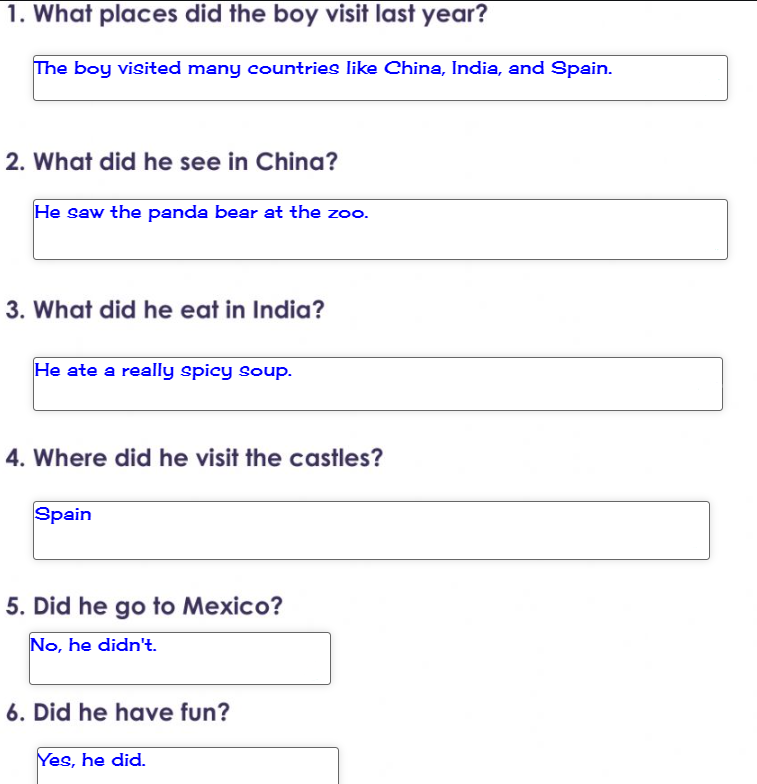(8GP) LISTENING PRACTICE - IELTS SPEAKING MOCK TEST, SEASON 1, 2023
Link sự kiện chính và thể lệ: https://forms.gle/XFAJt1FqjPbdsr5C7
Mình đã soạn 1 bài để giúp các bạn luyện khả năng nghe đây! Các bạn hãy truy cập link dưới đây để nghe, và thử sức khả năng nghe những từ vựng Tiếng Anh của mình nhé! Nếu các bạn làm xuất sắc bài này, các bạn sẽ nhận được tối đa 8GP đó.
----------------------------------------
Audio link: https://clipchamp.com/watch/mzCV8frWIZV. You should use a note to write down your answer when listening, and copy the answers to this sheet at the end of the audio. You should hear the recording ONCE only, other attempts are just for checking the answers.
Write NO MORE THAN TWO WORDS:
Welcome to this introductory lecture on the Celts. Who were the Celts? The Celts were an Indo-European group, that is, related linguistically to the Greeks, the Germanic (1)________, certain Italic groups and peoples of the Indian subcontinent. They arose in central Europe at the beginning of the first millennium B.C. and were an iron using and horse rearing peoples. By the end of the first millennium B.C. their (2)_________ had spread up and down the Danube and Rhine, taking in Gaul, Ireland and Britain, across central Europe, into northern Italy and northern Spain. Their roaming across Europe led some of the Celtic (3)________ to sack Rome in 390 B.C. creating a fear of the (4)________ that was to haunt Romans for hundreds of years to come.
The Celts are defined archaeologically by the type-sites of Hallstatt and La Tene, the former being taken to relate to an earlier phase of cultural (5)__________. Hallstatt, an ancient salt mining area, was excavated from (6)__________ by the Viennese Academy of Sciences and provided the first classification of the prehistoric Celts. In 1858, the (7)_______ of Lake Neuchatel in Switzerland sunk to a low level, revealing a large prehistoric settlement with a huge number of surviving (8)_________. The nearby town of La Tene gave its name to the second phase of Celtic cultural development. However, please note that these phases overlap through time, and are (9)_________ according to geographical area. Let’s look at each of these, taking the Hallstatt first.
Hallstatt culture is characterized in 4 stages. A & B were during the late Bronze Age, from about 1200 to 700 BC; C was in the Early Iron Age, from about 700-600 BC; D was from about 600 to 475 BC. The Hallstatt culture spanned central Europe, with its (10)_______ in the area around Hallstatt in Central Austria. There were two distinct cultural (11)______ – the eastern and the western. At the start of the period, long distance trade was already well established in copper and tin – the basic requirements for manufacture of bronze. From about 700 BC, trade in iron also became (12)_________. The Hallstatt area also already controlled the trade in salt, crucial when there were few (13)_________ to preserve food. Control of these two crucial trade goods—iron and salt—provided the (14)______ for the accumulation of wealth and influence. From 800 BC, some burials of rich people can be identified, in central Europe, with grave goods such as (15)_________ and iron swords.
Hallstatt C saw the construction of fortified hilltop (16)_________ to the North of the Alps. These had burial mounds holding very high quality goods, such as vehicles and expensive imported treasures. By the time of the Hallstatt D period, these increasingly extravagant burial mounds were clustered around a few major hill (17)______ to the southwest of the region. This suggests a development and a concentration of wealth and social power, possibly based on the development of Massilia (present-day Marseilles) as a Greek trading port. The expansion of luxury (18)_______ brought greater opportunities for profit and helped to create an increasingly (19)__________ society, with the development of a wealthy nobility. Over the period from 1846 to 1863, a thousand graves were found at Hallstatt, with an astonishing range of (20)__________, including clothing and salt mining equipment as well as weapons, jewelery, pottery and imported bronze vessels in the “chieftains’” graves.
The La Tene era was the time of Celtic expansion and migration and the time of formation of the (21)______, The La Tene culture is named after the site in Switzerland where it was first discovered. The La Tene people were those known to the Romans as Gaids. Originally found in an area from Eastern France to Bohemia, the La Tene culture (22)_______ rapidly from about 400 BC. The La Tene Celts settled in Spain in 450 BC, in Northern Italy in 400 BC, invaded Rome in 390 BC, invaded Greece in 279 BC, invaded Galatia (in modern Turkey) in 270 BC. By 200 BC, they (23)__________ the lands that are now Britain, the Netherlands, Brittany, Belgium, Germany and Switzerland.
There is much debate over how much of the (24)_________ into Britain was achieved through invasion and settlement and how much was the expression of cultural transfer that (25)_______ trade and reflected the commonality of kinship and language of many tribes. There is little evidence for actual migration of La Tene people into Britain. Nevertheless, it (26)________ that the La Tene culture was more militarily than the Hallstatt one. The La Tene (27)________ across Europe hold iron weapons – swords and spearheads – and wooden shields, as well as everyday items such as razors, yokes, cauldrons and (28)________.








mik mở thử rùi
nhìu thế làm sao maf làm đc?